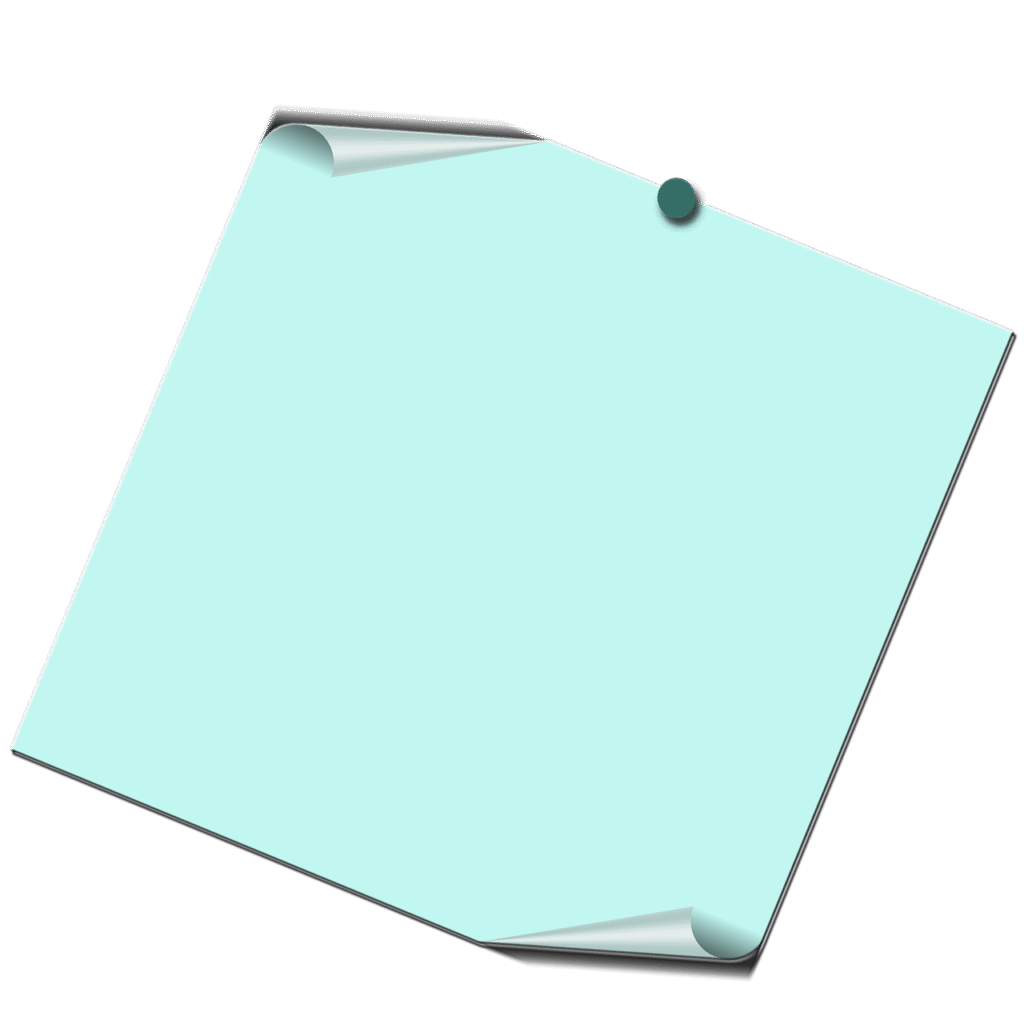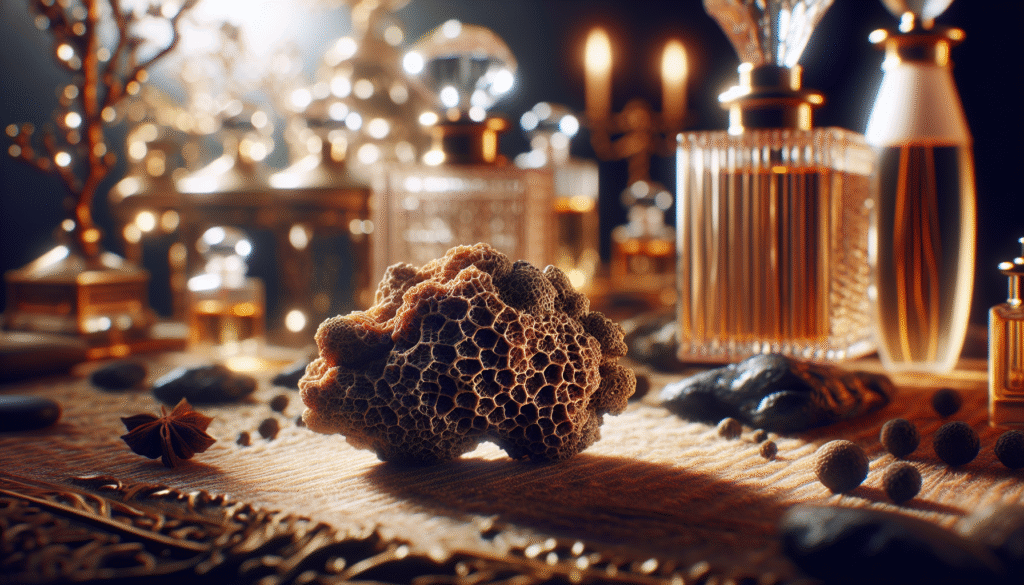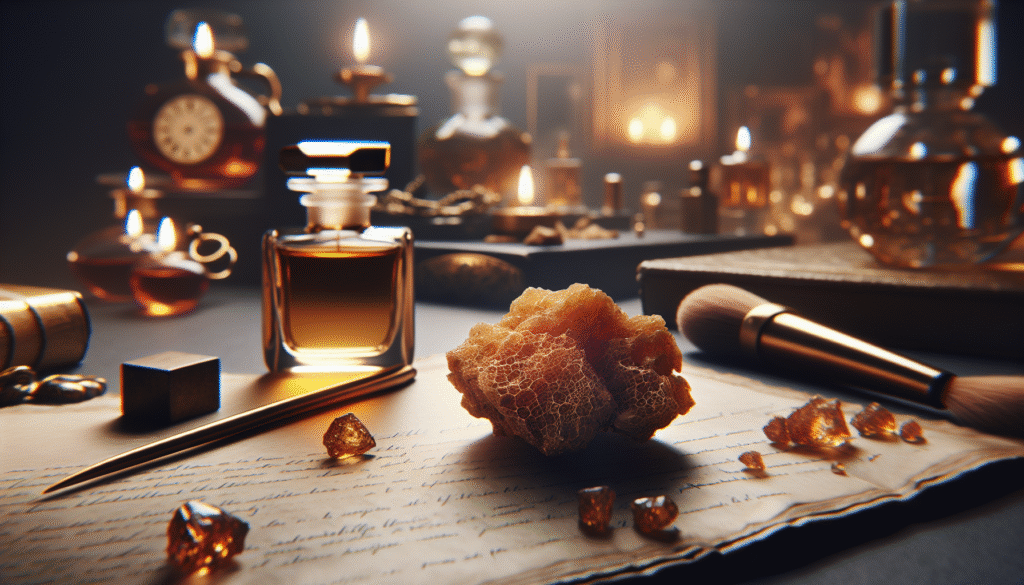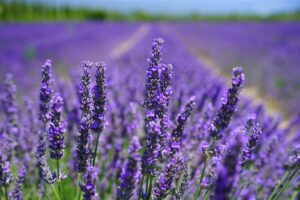Have you ever caught a whiff of something strange and thought, “There can’t possibly be that in a bottle, can there?” Perfumes are the luscious alchemy of notes and emotions that linger in the air and gather memories like no other. However, have you ever pondered the peculiar world behind some of their most eccentric ingredients?
Perfumery holds a mystique all its own, full of surprises as charming as they are bizarre. It’s a craft where the ordinary meets the extraordinary, and those ingredients you would never expect often become the most intoxicating. Let’s embark on a journey into the curious realm of scent compositions where creativity knows no bounds and where some of the world’s most unusual materials find their place.

This image is property of pixabay.com.
The Anatomy of a Perfume
Understanding the various components of a perfume might help set the stage for what’s to come. Perfumes are composed of layers known as notes. These are broadly categorized into three groups: top notes, middle (or heart) notes, and base notes.
Top Notes
Top notes are the initial fragrances that you perceive in the first moments when a perfume is applied. They create that critical first impression and set the tone for what is to come. Light and refreshing, these notes usually evaporate quickly. Picture fresh citrus, aromatic herbs, or delightful fruits gently welcoming you.
Heart Notes
Heart, or middle notes, emerge after the top notes fade away, their complexity giving the perfume its character and thematic elements. Dominating the lasting impression, they’re often floral or spice-infused, sharing stories of roses, jasmine, and neroli or grounding with clove and cardamom.
Base Notes
Finally, there are the base notes, the heavy lifters of the fragrance, which linger the longest. They intertwine with heart notes to create full-bodied depth and resonance. Base notes include exotic textures like vanilla, amber, and woods—often classic, but as you’ll see, sometimes very unexpected.
Journey into the Bizarre: Surprising Perfume Ingredients
Perfume artistry is vast, and not all ingredients come straight from a flower bed or a spice rack. Let’s explore some of the most unusual materials that lend their essence to the shimmering world of scent.
Ambergris: The Ocean’s Gift
Ambergris, often termed “floating gold,” is a waxy substance produced in the digestive system of sperm whales. Although it might seem unconventional, ambergris has been cherished for centuries in perfumery. It brings an earthy, oceanic aroma, accentuating scents with a unique depth and warmth that synthetics strive to replicate.
Fun Fact: Did you know ambergris is sometimes found washed up on shores? It ages like fine wine, enhancing its fragrance profile over time.
Civet: An Animalistic Undertone
Civet is secreted from the perineal glands of African civet cats. Originally, it might seem startling, but civet adds a musky, animalic note that provides vigor and power to a perfume’s base. Over time, synthetic alternatives have been developed, yet the original cultivation ensures its place in this list of curiosities.
Oud: The Liquid Gold of the Middle East
Extracted from Agarwood’s heartwood, oud is treasured for its deeply woody, fragrant depth. This resin is produced by trees as they react to a specific mold infection, making natural oud incredibly rare and expensive—thus often referred to as “liquid gold.” It reflects boldness and mystery.
Castoreum: From the Beaver’s Workshop
Castoreum is derived from the castor sacs of beavers, imparting a leather-like aroma with sweet undertones. Used in small quantities, castoreum is valued for the complexity grounded in earthy and slightly fruity notes.
Skatole: Nature’s Oddball
A surprising twist in the perfume world, skatole is found in feces but, when isolated and diluted, can yield a floral, jasmine-like scent. Although that origin may cause pause, it reflects the ingenuity of perfumers who harness nature’s peculiarities for desirable outcomes.
Hyraceum: A Time Capsule in Rock Form
Known as “Africa stone,” hyraceum is solidified excretion from the rock hyrax. Over many years, it fossilizes, becoming a deep, complex material greatly applauded for its animalic and musky attributes.
Honey: Sweetness with a Trigger
While honey itself seems appetizing, its waxy segments offer distinct touches that are anything but ordinary. Beeswax creates sumptuous balmy notes that lend warmth and sweetness, crossing between innocence and opulence.
Tobacco: Smoked Elegance
Commonly known for its presence in cigars and cigarettes, tobacco brings richness and seductive mystery when employed in perfumery. With dried, smoky, and even sweet nuances, it evokes a ravishingly debonair image.
Hay: Sunshine and Fields
Hay might remind you of wide-open fields and barns rather than sophisticated fragrances. However, its sweet, dry, and slightly spicy aroma places you in the warmth of a sunlit countryside, adding pastoral charm.
Ink: Mysterious Strokes
The smell of ink—often reminiscent of libraries or aged parchment—is captured to imbue perfumes with a sense of vintage elegance and intellect. Its use is daring, carving out deep, unconventional allure.

This image is property of pixabay.com.
Unusual Ingredients: A Perfumery Tableau
Let’s see how some of these ingredients compare in an insightful overview to give you a perspective on their origins, scent characteristics, and why they’re included in fragrances:
| Ingredient | Origin | Primary Scent Notes | Fragrance Impact |
|---|---|---|---|
| Ambergris | Sperm whale secretion | Earthy, oceanic, sweet | Long-lasting warmth |
| Civet | Civet cat secretion | Musky, animalic | Adds depth, enhances other notes |
| Oud | Agarwood tree reaction | Rich, woody, slightly sweet | Strong base note |
| Castoreum | Beaver secretion | Leathery, sweet | Complexity and richness |
| Skatole | Feces derivative | Jasmine-like (when diluted) | Enhances floral scents |
| Hyraceum | Fossilized excretion | Musky, animalic | Creates earthy rounds and warmth |
| Honey | Beeswax | Sweet, balmy | Adds warmth and sweetness |
| Tobacco | Cured leaves | Smoky, sweet, dry | Provides both sweetness and depth |
| Hay | Dried grass | Sweet, dry, herbaceous | Nostalgic, pastoral charm |
| Ink | Synthetic, pigment | Musky, vintage | Adds intrigue and depth |

This image is property of pixabay.com.
The Ethical Turn: Synthetics to the Rescue
The curiosity surrounding these ingredients might be clouded by ethical concerns. Modern perfumery has made significant strides with synthetic chemistry to mirror these natural odors without environmental or ethical ramifications. Replacing animal-derived ingredients, such as civet and castoreum, synthetics ensure that fragrances remain sustainable and humane.
Balancing Artistry and Sustainability
Perfumers now creatively balance nostalgia for traditional scents with innovation in sustainability. Exploring synthetic pathways provides flexibility to replicate complex aromas from natural sources while protecting wildlife and the environment.

The Intrigue of the Aroma
Amid the alchemy of a perfume, the mind wanders into a realm of both mystery and memory. These strange and wondrous notes speak to our curiosity, evoking emotions and capturing experiences. They transport us to times and places we’ve known, or to a mystique we can only imagine.
The least suspected ingredients compel us to reconsider beauty, both within nature and within the ingenuity of human artisanship. Through fragrances, the peculiar becomes profound, and the esoteric embraces elegance. As stewards of scent compositions, perfumers remind you that sometimes, the weirdest truths are the most wondrous of all.

Summing Up the Scented Sojourn
Journey through this peculiar landscape, and you have seen more than an assortment of curiosities—an appreciation for the artistry and inventiveness that perfume crafting embodies. With bizarre ingredients like ambergris or civet to the more whimsical hay or honey, each component dances together in a composition that transforms the familiar into the extraordinary.
When next you apply perfume, you may find yourself pondering not just the fragrance it leaves behind but the unique tapestry it weaves from the weird and wonderful. And perhaps, among the familiar florals and fruits, you might detect a trace of history, a touch of the unexpected.




